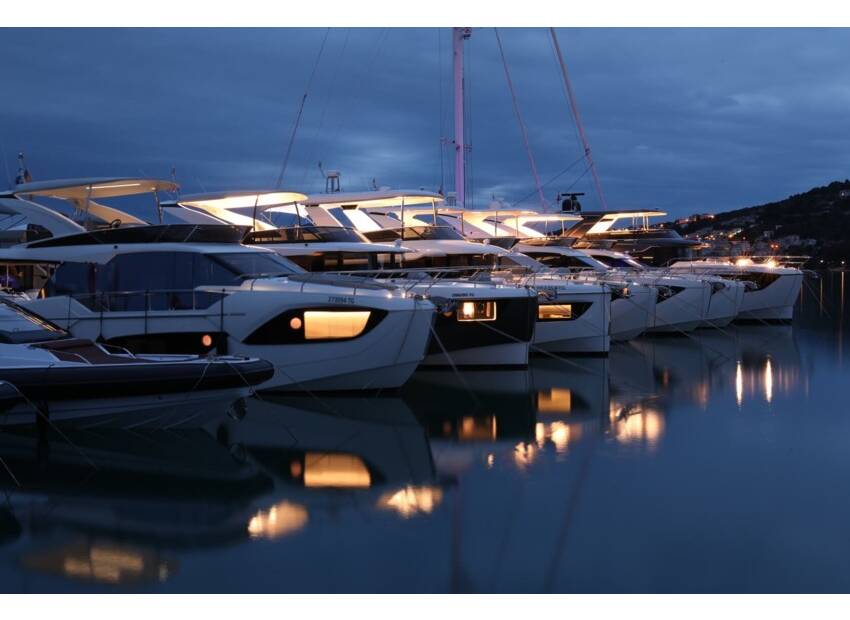“Tiger Team” says Cruising Canvas and Gas Engines are Problematical (a BoatTEST.com article)
Carbon monoxide is a colorless odorless gas that is produced in the exhaust of virtually all gasoline engines that do not have catalytic converters. CO produced by fuel-injected engines is decidedly lower than that produced by carbureted engines. Under normal operation either configuration is safe, but in some situations – such as operating some boat designs with cruising canvas up – particularly if the engine is carbureted, there can be the risk of CO poisoning.
“Tiger Team” Report
“We find that the Station Wagon Effect is produced, which we believe is more the rule rather than the exception, on all boats of the ´express cruiser´ configuration.”
Old boats with carb engines and cruising canvas need special care.
There are a number of factors that contribute to that conclusion, probably the leading one being that most of the boats built in the size range that might employ cruising canvas that are also powered by gas engines are express cruisers. Further, two other aspects of their design have been noted by the “Tiger Team” of Augusto “Kiko” Villalon: the radar arch and the gap under the transom door which appears on most express cruisers, and increasingly on many small boats.
The Radar Arch & Transom Door
The “Tiger Team” report notes that the radar arch that most express cruisers have, with canvas in front of and abaft the arch, can possibly create angles that enhance the Station Wagon Effect.
“We determined that CO is coming into the boat largely through the 2-inch gap under the closed transom door, or the entire door space when opened,” says the “Tiger Team” report. Ironically, the 2” gap that many builders put under the transom door is a “toe kick” designed to make the boat safer for an individual who may be standing at the transom door when the boat is in motion (obviously never a good idea).
The report says that boat builders are “…correct and well advised to install a label on both front and rear of all canvas tops, warning the operator about the dangers involved with use.” It goes on to acknowledge that “…owners ARE operating their boats with the canvas up.”
Low Pressure Areas
Tests done by the “Tiger Team” of a ski boat powered by a carbureted inboard V-8 gas engine under actual usage conditions measured the levels of CO both behind the boat and in the cockpit. The sum and substance of this report is that there are powerful Station Wagon Effects and Venturi Effects at work.
While this boat is not an express cruiser, if it is powered by gas engines it may be susceptible to CO risk due to the cruising canvas being up.
Another “Tiger Team” report investigates the death of a man driving a small jet-powered boat with cruising canvas up, but with panels open both fore and aft. Possibly the driver thought that by opening the forward panel of canvas the air rushing inside the boat would push out any CO trying to enter from the stern.
Unfortunately, because of the running angle of the boat, the open panel just abaft the windshield was actually creating a Venturi Effect, pulling a vacuum, which was sucking CO gas from the transom into the cockpit of the boat. The man fell unconscious and died, and the boat subsequently ran up on a beach and stopped.
The report concludes the subject of cruising canvas by saying boats “…should NOT be operated with ANY of the isinglass panels installed. Indeed, no boat with this configuration should be operated under these conditions.”
CO Migration from Engine Room to Living Areas
When there is a leak in the exhaust system of a boat in the engine room it is possible for CO gas to migrate into the cabin or cockpit. The CO gas can get into the living areas several different ways, including migrat






















